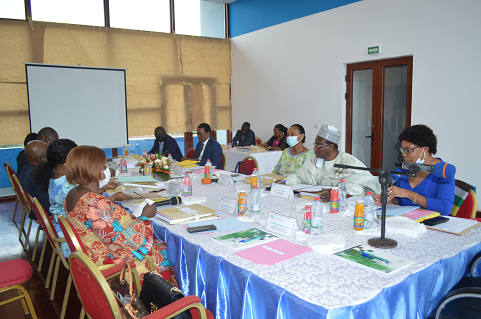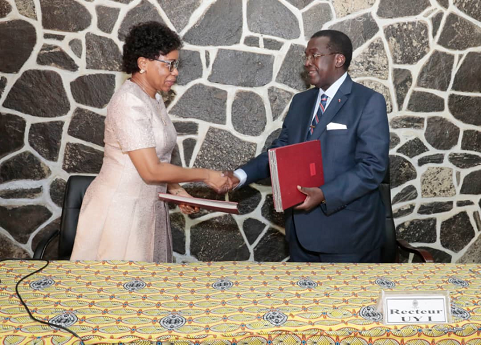Search and Rescue: solutions to emergency states and Distress
In case of dangerous situation, rules of conduct exist to find the damaged apparatus mbanga pongo search and rescued its occupants.
During the Second World War, the need for search and rescue of pilots in difficulty was felt. Thus, the first search and rescue organizations for aircraft in distress came into being.
With the creation of the International Civil Aviation Organization (ICAO) on December 7, 1944, there was a desire to expand search and rescue (SAR) services globally.
For example, in December 1946, at its second session, the Search and Rescue Division developed draft standards and recommended practices for search and rescue. In 1950, after several modifications, the project proposals were adopted by the ICAO Council and published under the title of Annex 12 to the Chicago Convention.
This annex provides the main lines of the organization of the Search and Rescue Service for Distressed Aircraft. It also defines the basis for international cooperation and the procedures for the implementation of this service.
A search and rescue manual (DOC.7333) will also be published in 1952 to facilitate the application of the Standards and Recommended Practices of Annex 12. The purpose of a SAR service is to ensure, The organization and coordination of operations to locate aircraft in distress and the rescue of human lives in the event of an aircraft accident on land or water.
In case of a dangerous situation, it is necessary to be able to assist the aircraft in difficulty; If there is an accident, people must be rescued after the aircraft has been found, if necessary, and the causes of the accident must be analyzed to avoid, as far as possible, similar incidents or accidents in the future.
State of Emergency and State of Distress
An airplane in difficulty must immediately inform if possible, the ground services of the situation. Two cases are distinguished: the state of emergency and the state of distress. In the latter case, it has an absolute priority. If he is in communication with the control services at the time of the hazardous situation, he uses this frequency. The pilot may also use the special frequencies reserved for this purpose: 121.5 MHz or 243 MHz if he cannot do otherwise, he uses any frequency with which he could interact with the ground services.
If an airplane, having filed a flight plan, does not land at the destination aerodrome indicated in the flight plan, the air traffic control services of that aerodrome shall, after a prescribed period after the landing time specified in the flight plan, trigger an alert phase.
The search phase is triggered after the alert. An attempt is made to find out the last contact with the aircraft and to determine the approximate position of its disappearance in order to rescue the survivors and / or to recover the elements (Black box) or clues to determine the causes of the disappearance’s accident. To assist in the location of shipwrecks, many aircraft are equipped with a distress beacon operated either by a shock detector or manually.
Once the wreck has been located, the Rescue Coordination Center, the body responsible for conducting search operations, transmits the rescue operations management to the administrative authorities (Prefect or Governor) of the region where the accident occurred. This is the beginning of the rescue phase. The authority in question then sets up a fixed Command Post (PC) which will be used to coordinate all rescue actions. This fixed PC will then be able, with the help of the RCC, to mobilize air and ground means to ensure the rescue. These means are generally provided by the Army, the Police, and the Gendarmerie, the Firemen, the hospitals or the people of good will.
In sum, in the succession of relief operations, five phases or functions appear to be essential:
1. Location of the accident and alert;
2. Victim clearance and firefighting;
3. Medical care on-site and in emergency stations;
4. Sorting and evacuation of seriously injured persons to hospitals;
5. Police and surveillance around the scene of the accident, law enforcement, traffic regulations and identification of victims.
Clearly, the complexity of a modern SAR mission in which various departments and units take part leaves little room for last-minute improvisations. Good organization of SAR services reduces confusion resulting from emergency situations.
Augustin Desire Kamajou
Chief Civil Aviation Engineer CCAA











